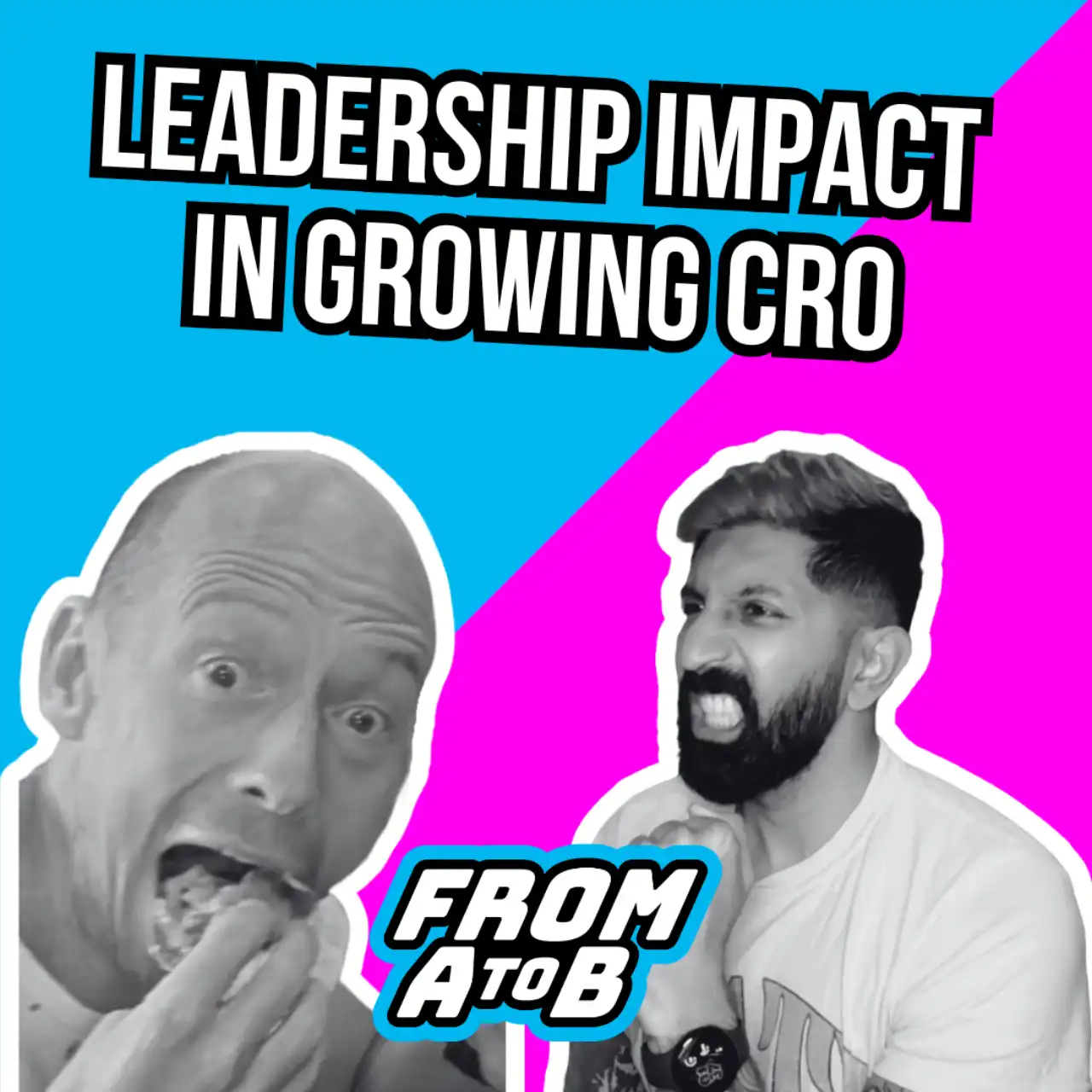Pitching The Perfect Product Is Not Enough
Marketing catchphrases like “recommended by experts” (an appeal to authority), “world-renowned bestseller” (candidly claiming consensus) and “limited supply only” (suggesting scarcity) are widely used to promote many different types of products. To a marketeer, these persuasion tactics are like universally coaxing super supplements that can make just about any offer seem more enticing.
But not all these advertising additives are created equal; and neither are apparently all consumers.
In a fascinating (at least, to scientific advertising geeks like me) study titled “Heterogeneity in the Effects of Online Persuasion”, social scientists Maurits Kaptein and Dean Eckles looked at the differences in susceptibility to varying influence tactics between individuals. What they found may change the way we think about recommendation engines and marketing personalization in general.
It is striking how large the heterogeneity is relative to the average effects of each of the influence strategies. Even though the overall effects of both the authority and consensus strategies were significantly positive, the estimates of the effects of these strategies was negative for many participants. […] Employing the “wrong” strategy for an individual can have negative effects compared with no strategy at all; and the present results suggest there are many people for whom the included strategies have negative effects.
Our advertising additives can have adverse side-effects. Some people don’t respond well to authority; others don’t feel much for the majority rule. If you pick the wrong strategy for a particular individual, you may actually hurt your marketing efforts; independent of what product you are actually trying to sell.
Kaptein also collaborated in another publication “Means Based Adaptive Persuasive Systems”, which looked at the combined effects of multiple persuasion strategies.
Contrary to intuition, having multiple sources of advice agree on the recommendation had not only no positive impact on compliance levels but actually had a slightly negative effect when compared to the preferred strategy. This is a fascinating discovery since one would assume two agreeing opinions would be stronger than one.
As strange as it may seem, in the case of combined cajolery, the whole is not only less than the sum of its parts; it is less than the single best bit.
1 + 3 = 2
Eckles and Kaptein conclude that personalization is key; and I couldn’t agree more.
To use the results presented above influencers will have to create implementations of distinct influence strategies to support product representations or customer calls to action. As in the two studies presented above, multiple implementations of influence strategies can be created and presented separately. Thus, one can support a product presentation on an e-commerce website by an implementation of the scarcity strategy (“This product is almost out of stock”) or by an implementation of the consensus strategy (“Over a million copies sold”). If technically one is able to represent these different strategies together with the product presentations, identify distinct customers, and measure the effect of the influence strategy on the customer, then one can dynamically select an influence strategy for each customer.
The good news is that we can do this today. Using Oracle Real-Time Decisions, choosing the best influence strategy for a particular customer can easily be implemented as a separate decision to be optimized for conversion. Alternatively, these strategies could simply be considered as another facet of your assets in RTD; similar to the way we would utilize product category metadata to share learnings across promotions.
Personalization is about more than just deciding what you want to sell. This research clearly shows that a recommendation engine that can only select the “best” product is simply not good enough.
Because conversion sometimes requires a little persuasion.




